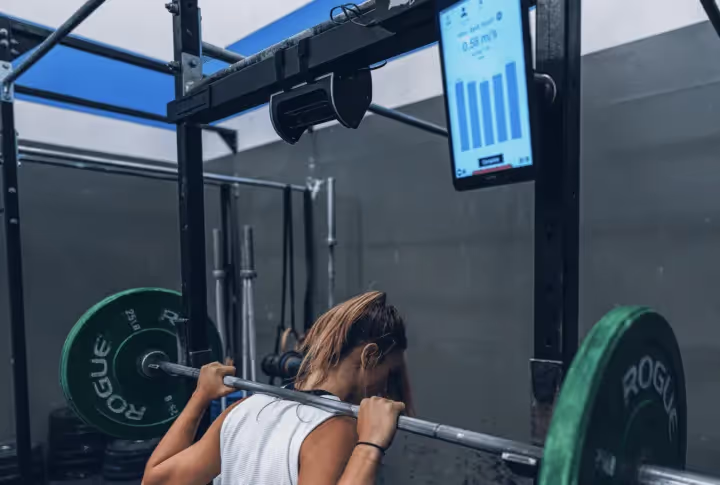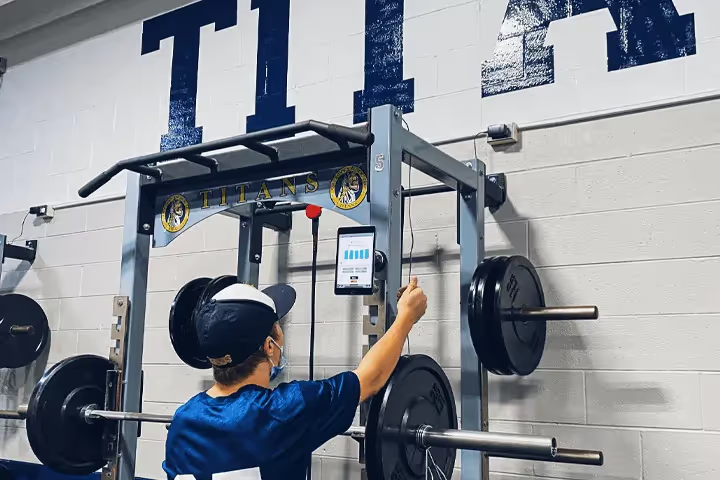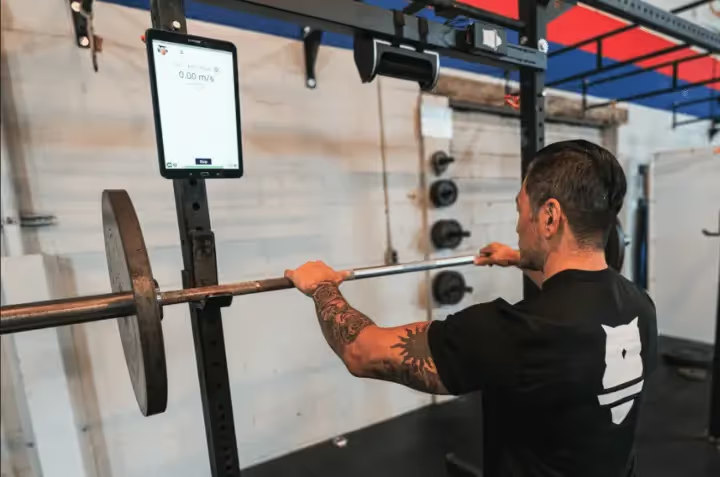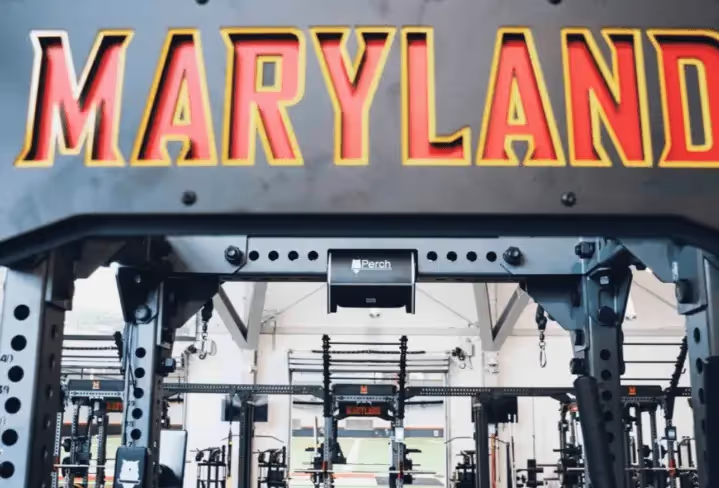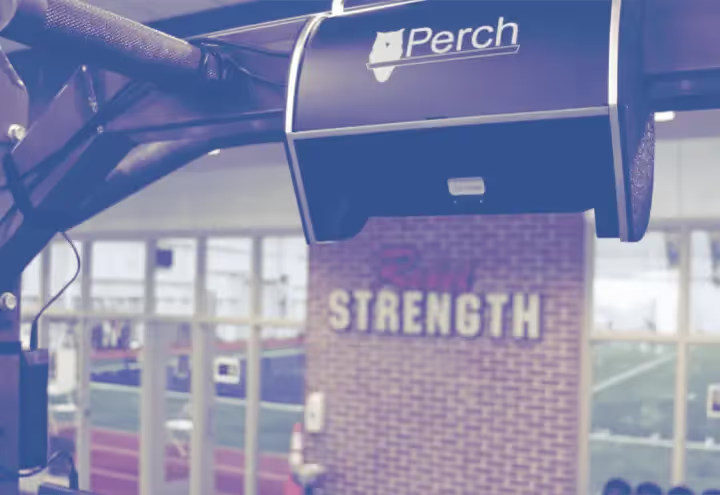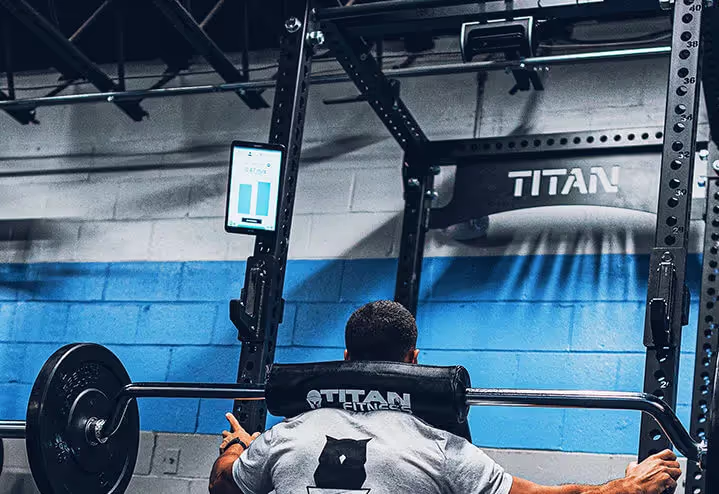Velocity Based Training Research Review 3

Happy Holidays from Perch! We hope you are amidst a relaxing week and looking forward to the New Year celebrations. Our idea of celebrating the end of the decade was to finish it out with some extra learning and a research review. Think of it as our gift to you! This week we dug into three more VBT - related research articles and have brought you the synopses. Two of these research articles were related to higher velocity resistance training with an aging population.
To preface these, we wanted to remind you that aging includes a progressive loss of strength due to the atrophy of muscle tissue and loss of muscle fibers. This is a result of a combination of factors including less regular movement and exercise, hormonal responses, and health issues arising. The type II fibers (or fast-twitch) are the most compromised fibers, which impacts an individual’s ability to rapidly produce force. All three of these articles complement each other well and should certainly add some food for thought while training certain populations. We hope you enjoy!
STUDY 1
Hormonal Responses from Concentric and Eccentric Muscle Contractions
VBT research performed by researchers Durand, Kraemer et al., investigated the effects eccentric and concentric muscle contractions have on hormonal response. Testosterone (T), free testosterone (FT), growth hormone (GH) and lactate were measured. Ten young men (age: 24.7 +/- 1.2 yr, weight: 85.45 +/- 24.2 kg, and height: 178 +/- 0.2 cm) were recruited and completed three trials on separate days. The first trial was a preliminary familiarization session. The subjects were then split into two groups; the first completed a CON exercise trial followed by an ECC exercise trial. The second completed an ECC exercise trial followed by a CON exercise trial. All workloads were predetermined at 80% of the subjects’ unique 10 repetition maximum (10RM) for four different exercises: bench press, leg extension, military press, and leg curl. The subjects performed four sets of 12 repetitions of each exercise. Following each trial, subjects’ blood samples were analyzed for lactate, GH, T, and FT. Results indicated there were significant increases in GH, T, and FT for both trials, but GH and lactate were both greater for the CON trial (. Researchers concluded that CON exercise increases GH concentrations to a much greater extent than ECC exercises at the same absolute workload. And that despite the greater metabolic stress during CON contractions, the significant increases in both T and FT for both ECC and CON trials indicated that CON contractions did not negatively impact the hormonal responses. Finally, researchers hypothesized that the increases in GH was likely due to intensity rather than the mode of muscle contraction.
Durand, R. J., Castracane, V. D., Hollander, D. B., Tryniecki, J. L., Bamman, M. M., O’Neal, S., … Kraemer, R. R. (2003). Hormonal responses from concentric and eccentric muscle contractions. Medicine and Science in Sports and Exercise, 35(6), 937–943.
STUDY 2
High-Velocity Resistance Training Increases Skeletal Muscle Peak Power in Older Women
VBT research performed by researchers Fielding, LeBrasseur, Cuoco, Bean, Mizer, and Fiatarone hypothesized that a high-velocity resistance training program (HI) would have a greater increases on muscle power than a low-velocity resistance training program (LO). Researchers recruited 30 women with self-reported disability (aged 73 +/- 1, body mass index 30.1 +/- 1.1 kg/m2). Only 25 women finished the study HI (n = 12) and LO (n = 13). All baseline measures were taken at a familiarization session. Then a randomized trial was conducted where subjects performed three training sessions per week in either the HI or LO intervention group. Three sets (8-10 repetitions) of leg press (LP) and knee extension (KE) were performed at 70% of subjects’ 1RM. Measures were taken at baseline, 8 weeks, and 16 weeks. Following the completion of the study, researchers found results to be training force and total work was similar between HI and LO groups, as were increases in 1 repetition maximum (1RM). But the HI group power outputs increased significantly for both LP and KE (267 W vs 139 W, p < 0.001). Ultimately HI group exhibited similar 1RM strength gains and greater power output improvements. Given these results, and pre-existing research on aging populations, researchers suggested improvements in lower extremity peak power may have a greater impact on age-associated reductions in physical functioning than other exercise interventions.
Fielding, R. A., LeBrasseur, N. K., Cuoco, A., Bean, J., Mizer, K., & Fiatarone Singh, M. A. (2002). High-velocity resistance training increases skeletal muscle peak power in older women. Journal of the American Geriatrics Society, 50(4), 655–662.
STUDY 3
Improved Physical Performance in Older Adults Undertaking a Short-Term Programme of High-Velocity Resistance Training
VBT research performed by researchers Henwood and Taaffe investigated the effects of a short-term high velocity resistance training program on overall physical performance measures in aging adults. Twenty five healthy adults (women = 17, men = 8) aged 60-80 years were recruited to participate. Subjects were familiarized with training protocols in two separate sessions and were separated into two groups, exercise (EX; n = 15) and control (CON; n = 10). EX subjects trained 2 days/week using machine weights for three sets of eight repetitions at 35%, 55%, and 75% of their 1 repetition maximum (1RM) for seven different upper and lower body exercises using explosive concentric movements (bench press, seated row, shoulder press, leg press, leg extension, leg curl, seated calf press). Performance measures included a muscle strength measures using a 1RM protocol, a peak and average knee extension power test determined using a Cybex 6000 isokinetic dynamometer, a chair rise to standing test, a six-metre walk, a six-metre backwards walk, a floor rise to standing test, and a lift and reach test. The EX group experienced a significant improvement in all exercises (p = 0.001), and in both upper and lower body strength and power measures. Researchers suggest that varied resistance and high-velocity resistance training appears to be safe and effective means of increasing muscle strength and power.
Henwood, T. R., & Taaffe, D. R. (2005). Improved physical performance in older adults undertaking a short-term programme of high-velocity resistance training. Gerontology, 51(2), 108–115.

OTHER RELEVANT POSTS!
Curious about how different populations can utilize VBT? Check out our VBT for specific populations series!
Check out our Return To Play from Covid-19 series!
FOLLOW US!
Keep checking back for more velocity based training content, tips, tricks, and tools. And don’t forget to follow us on Twitter , Instagram and Linkedin and like us on Facebook.
Read more about Perch here! And check out Product Videos here. And our support website here.
Back to basics? Review the origins of VBT and Strength Training!

Start Gathering Data With Perch Today!
Reach out to us to speak with a representative and get started using Perch in your facility.

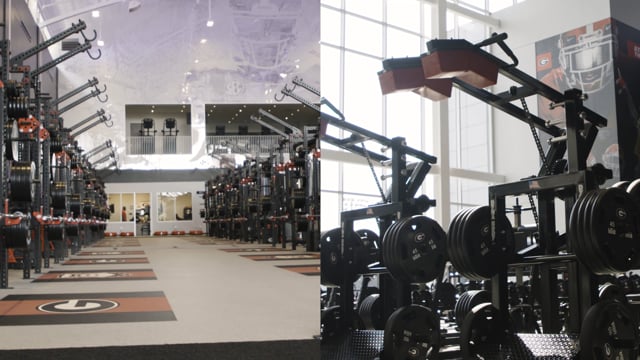




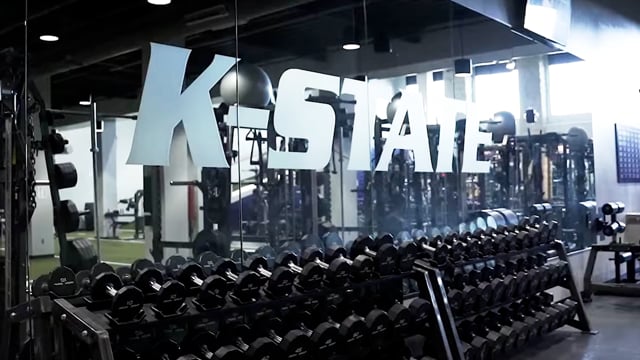


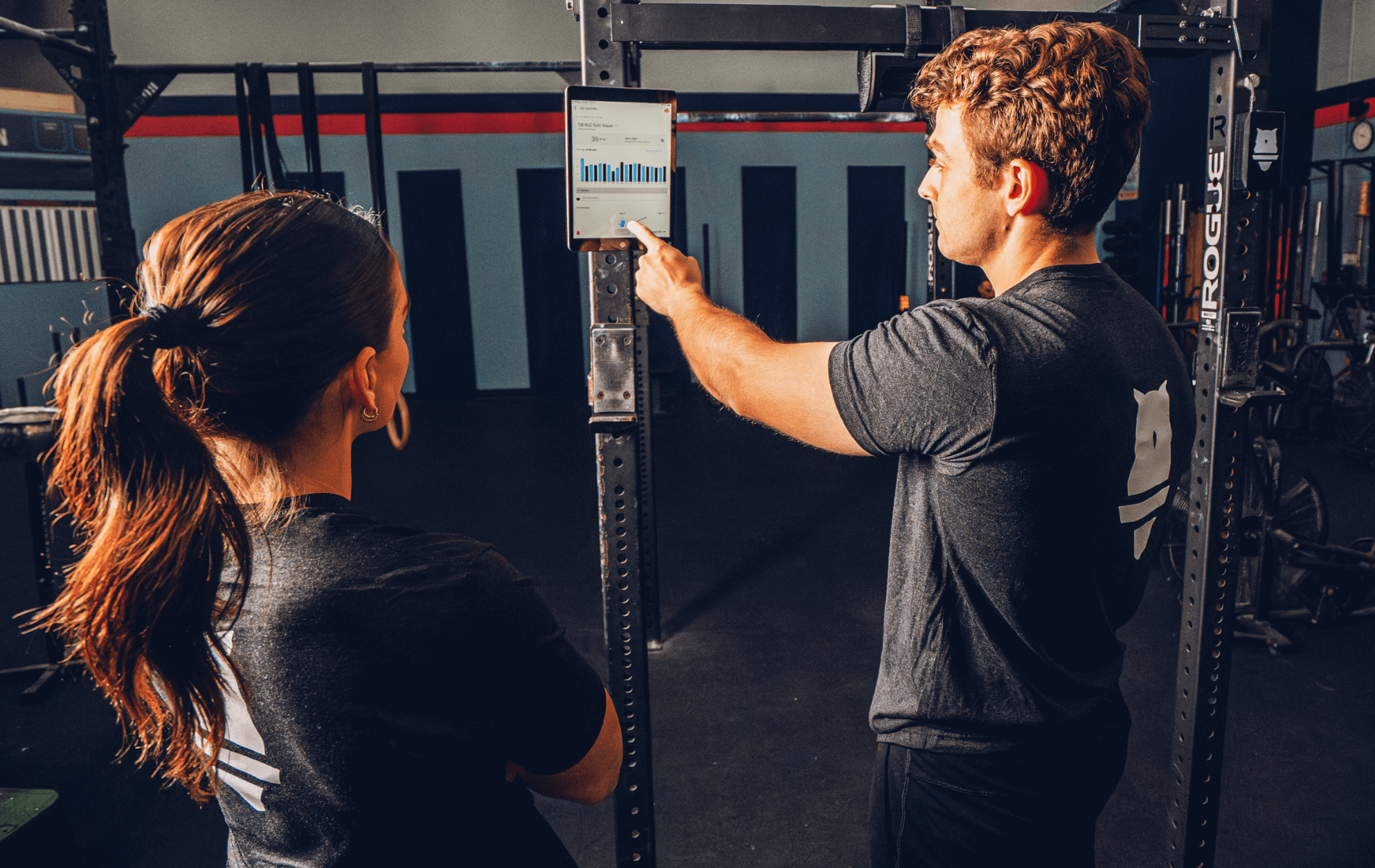
































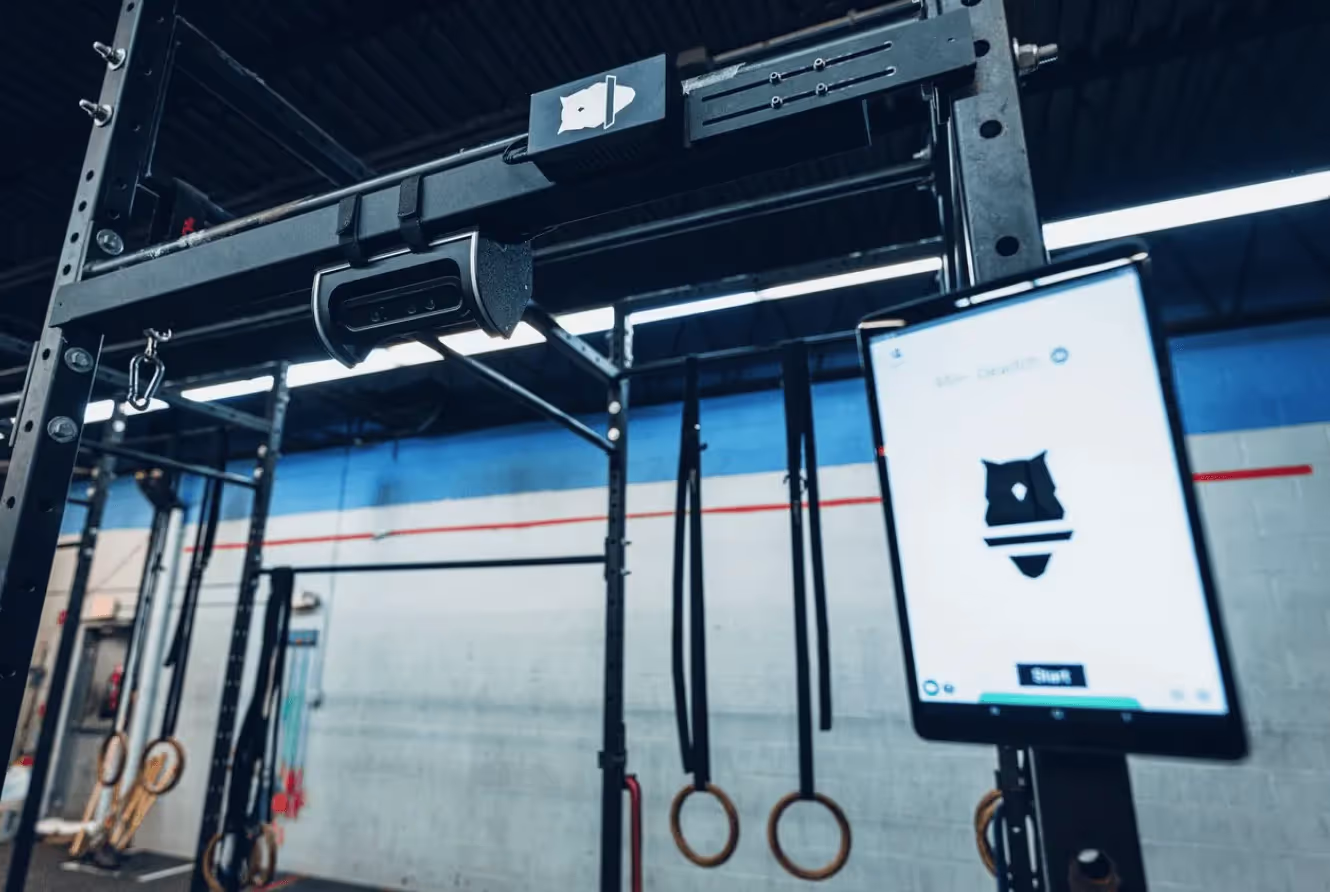
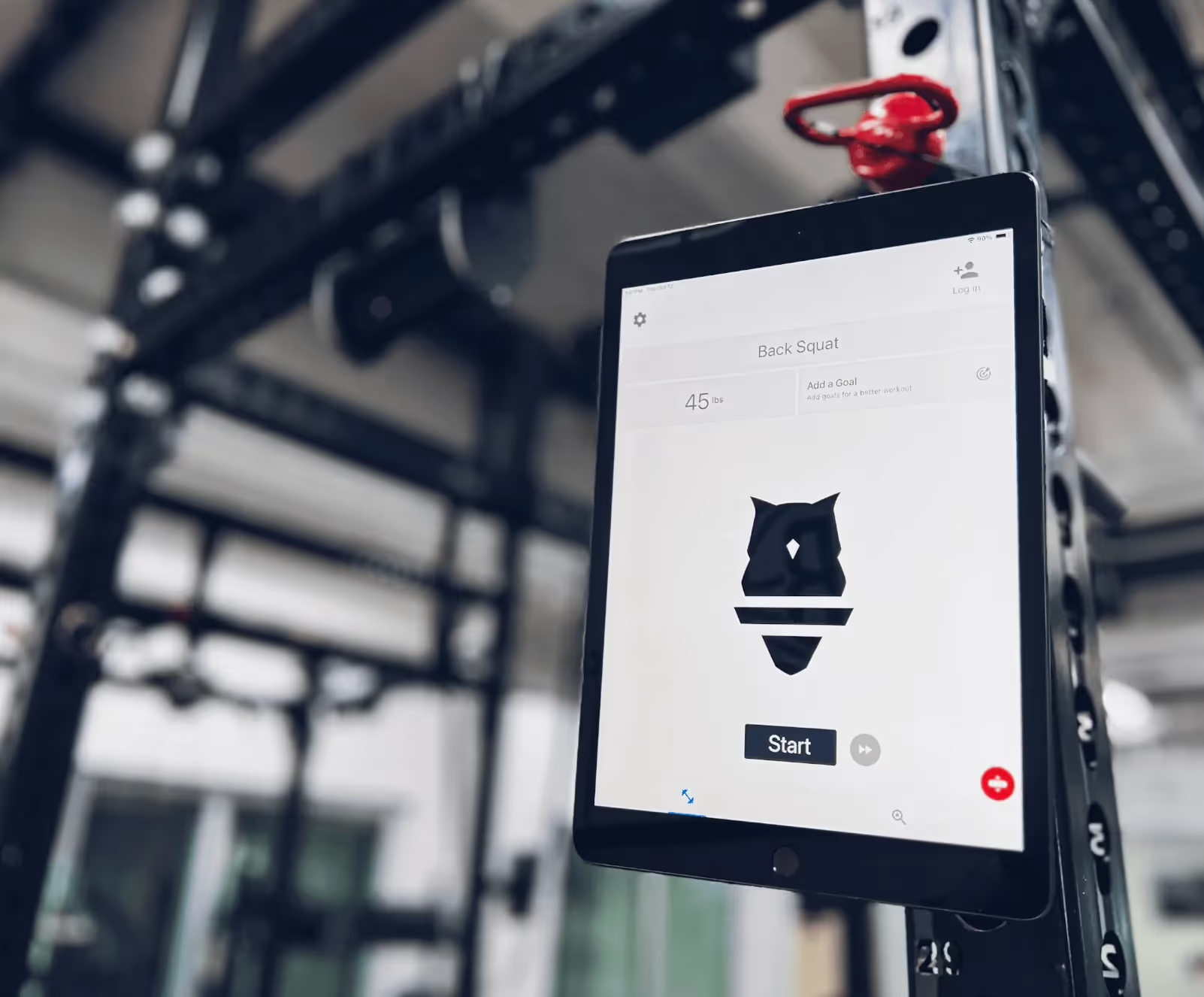



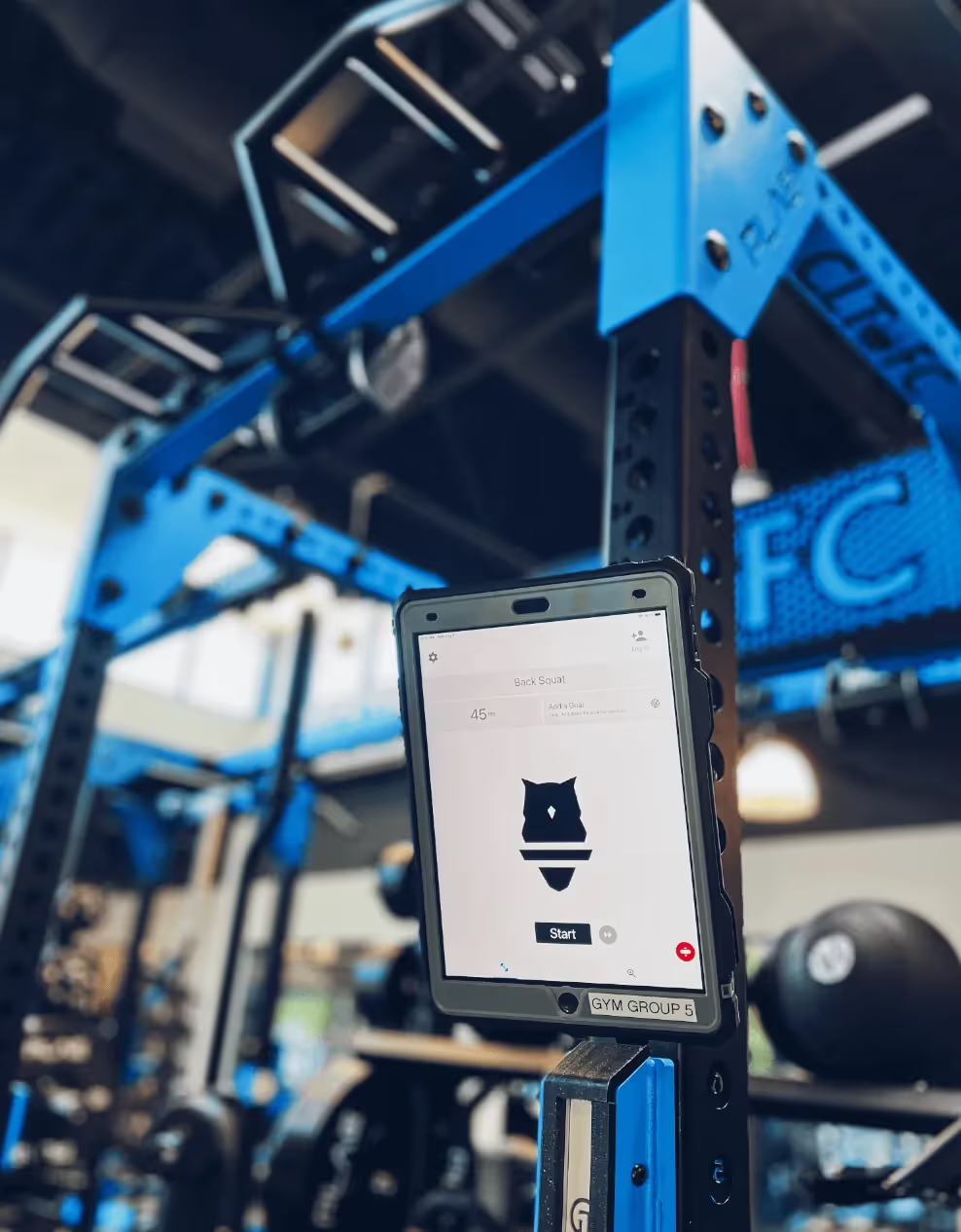
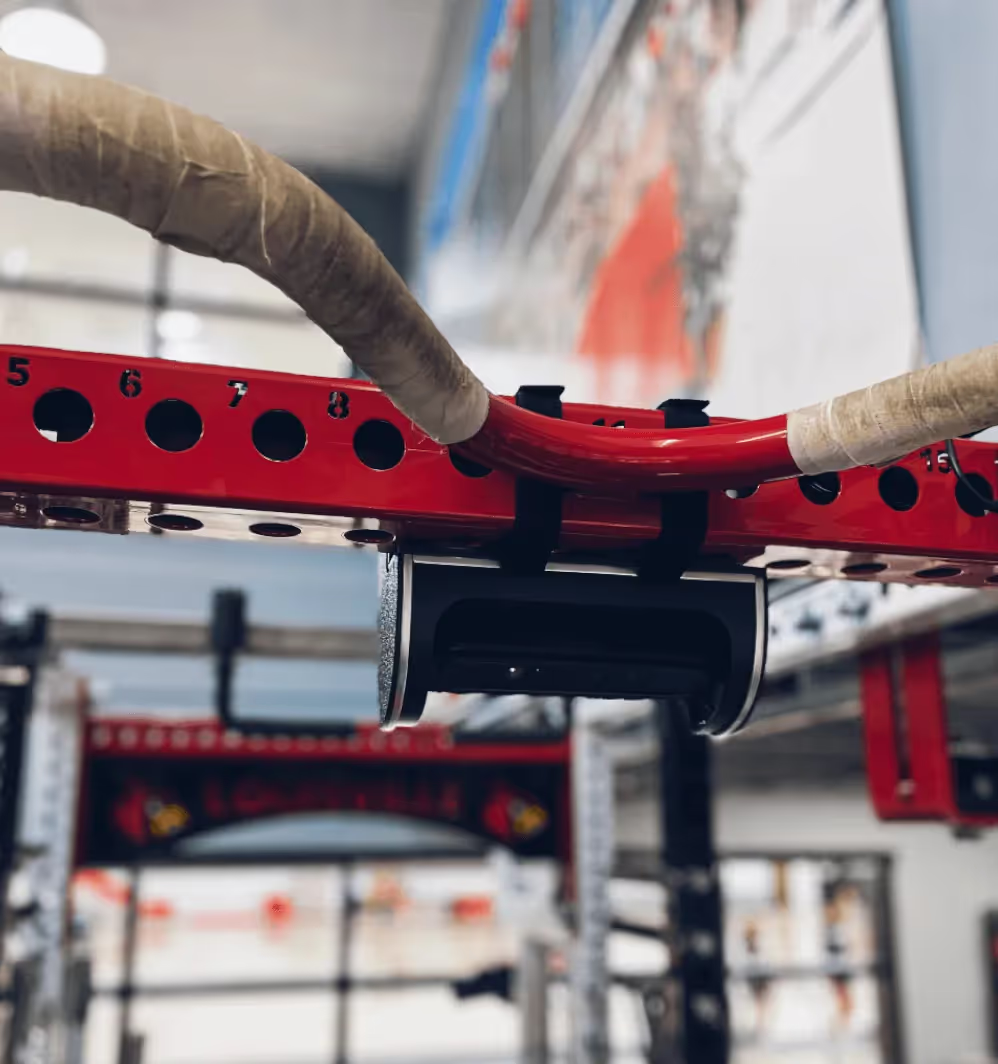






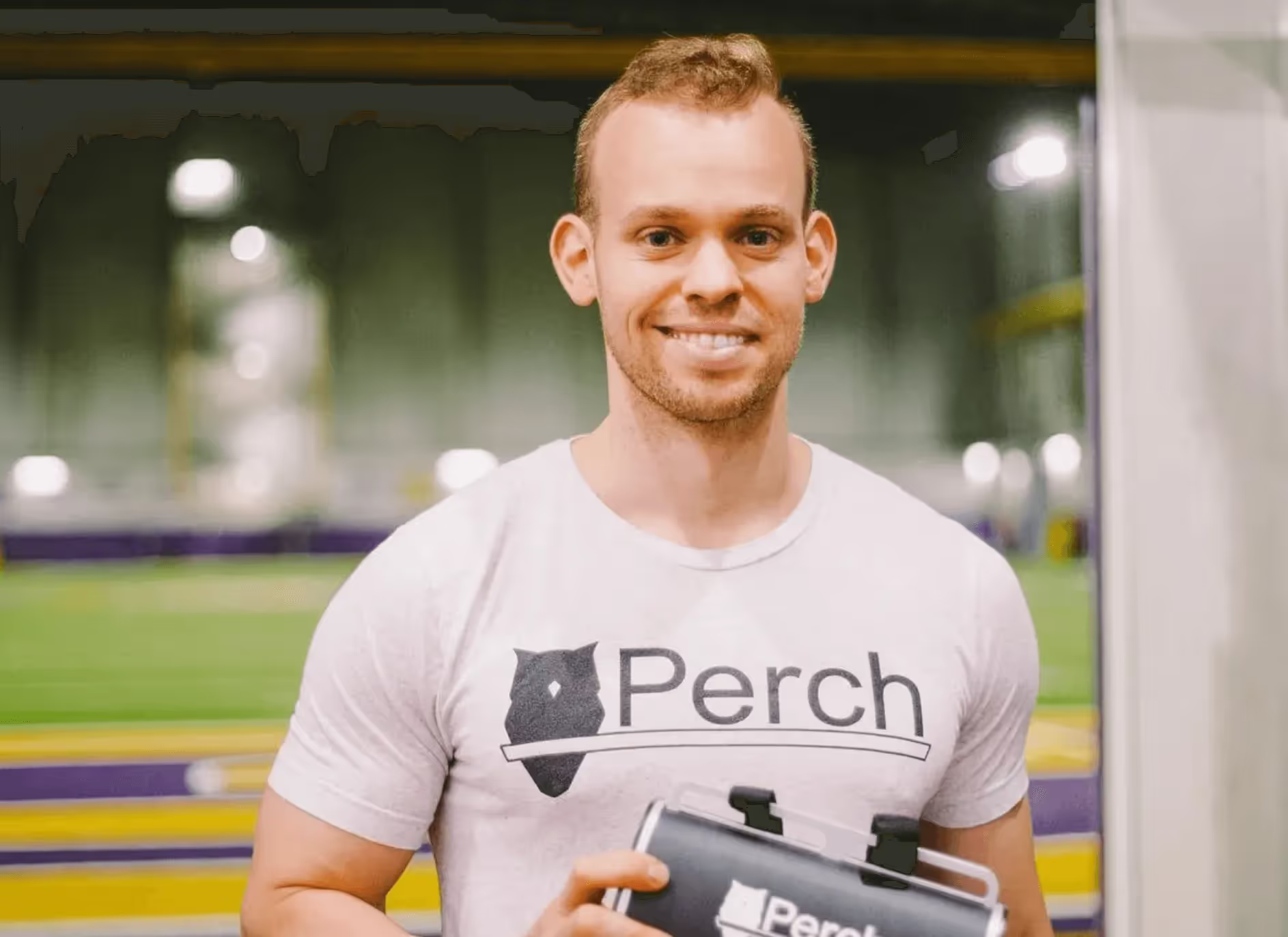


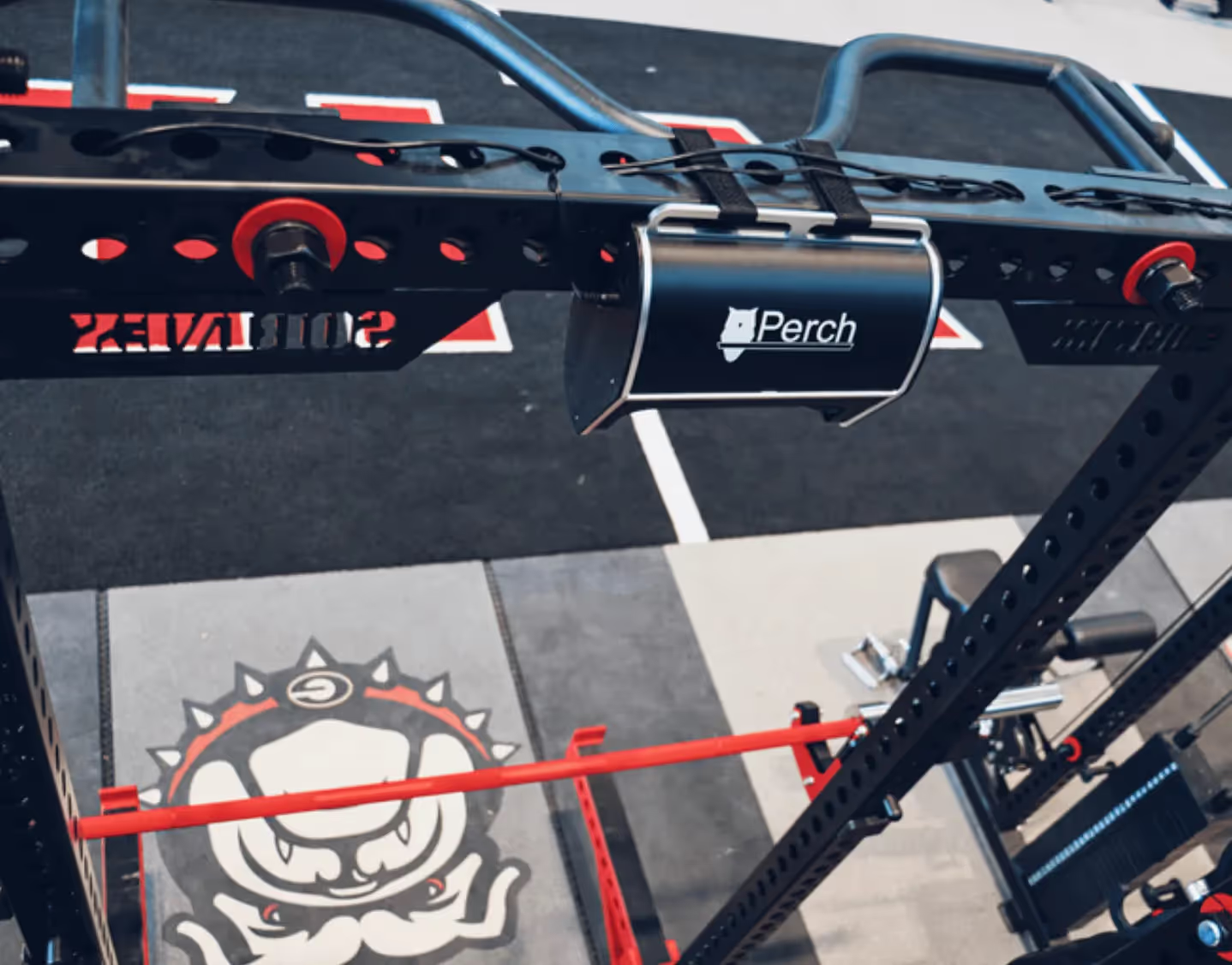


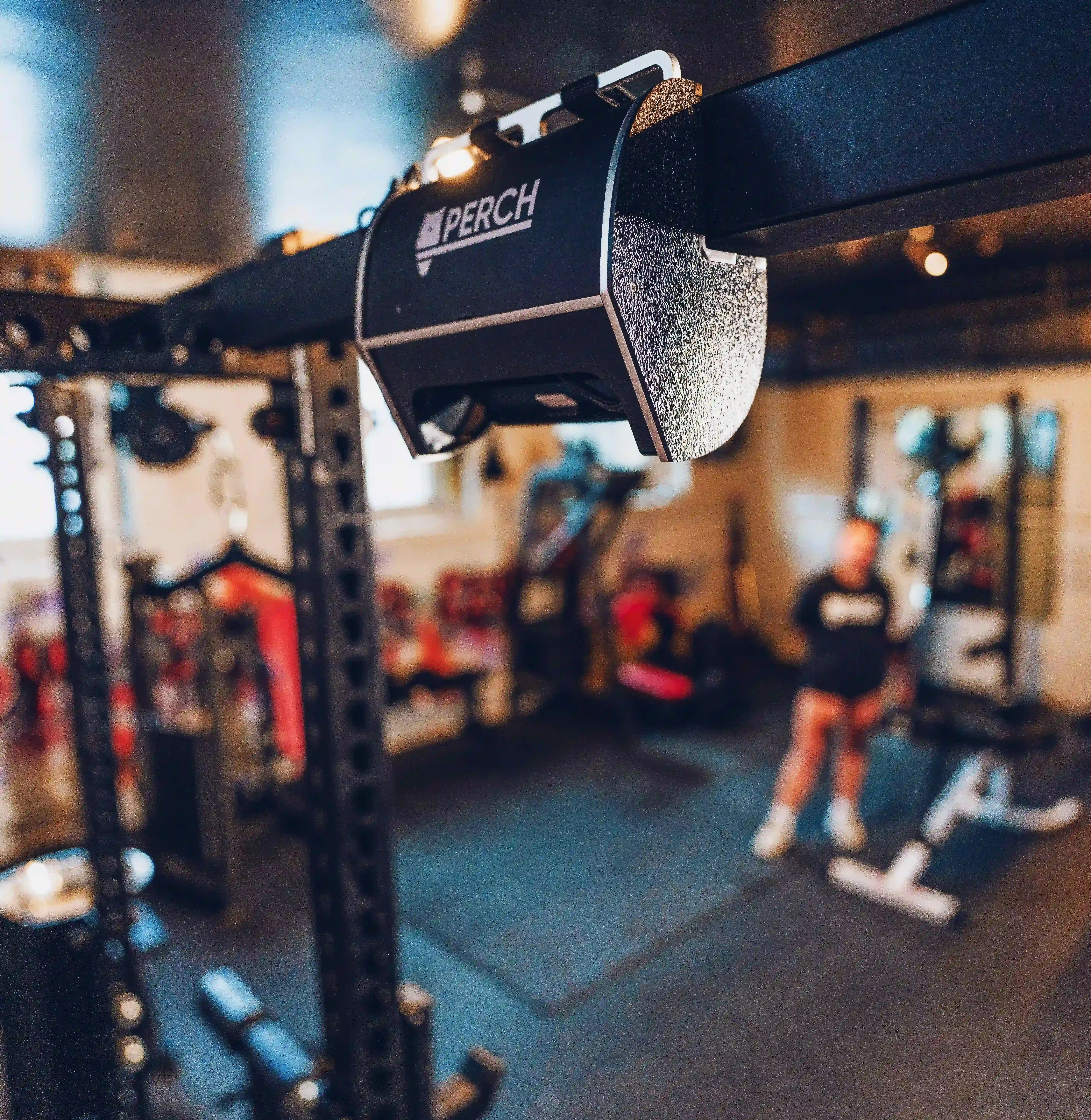







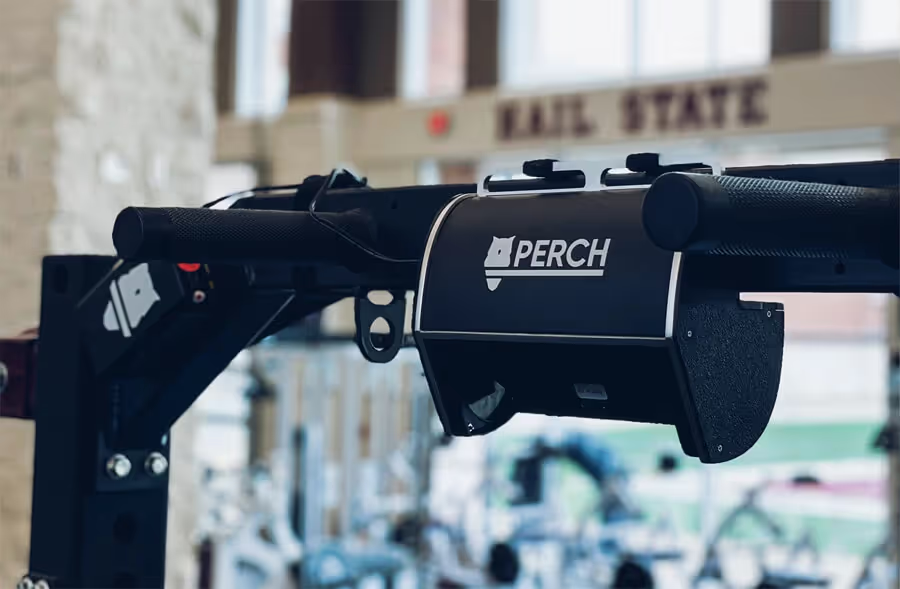



.avif)

